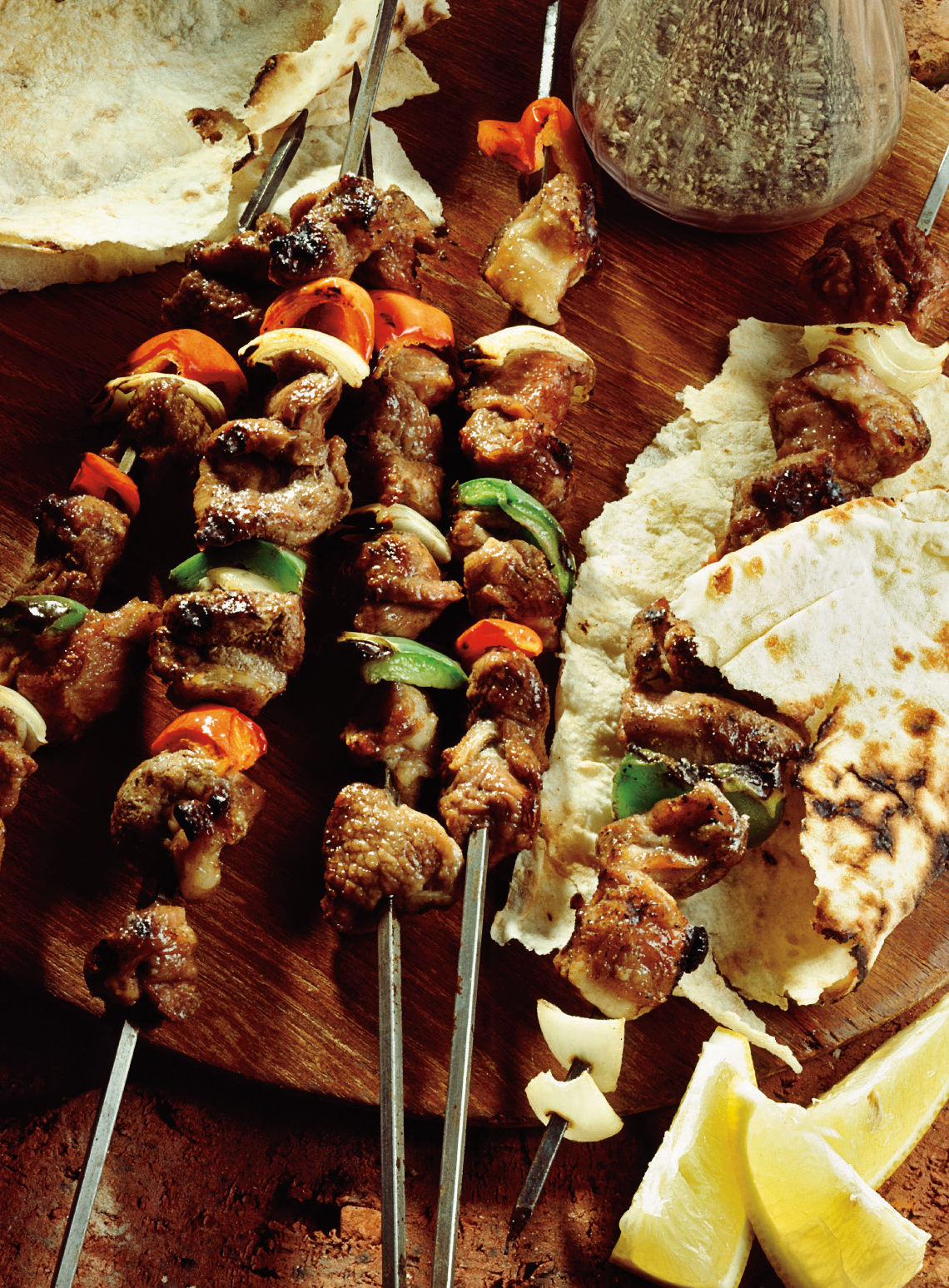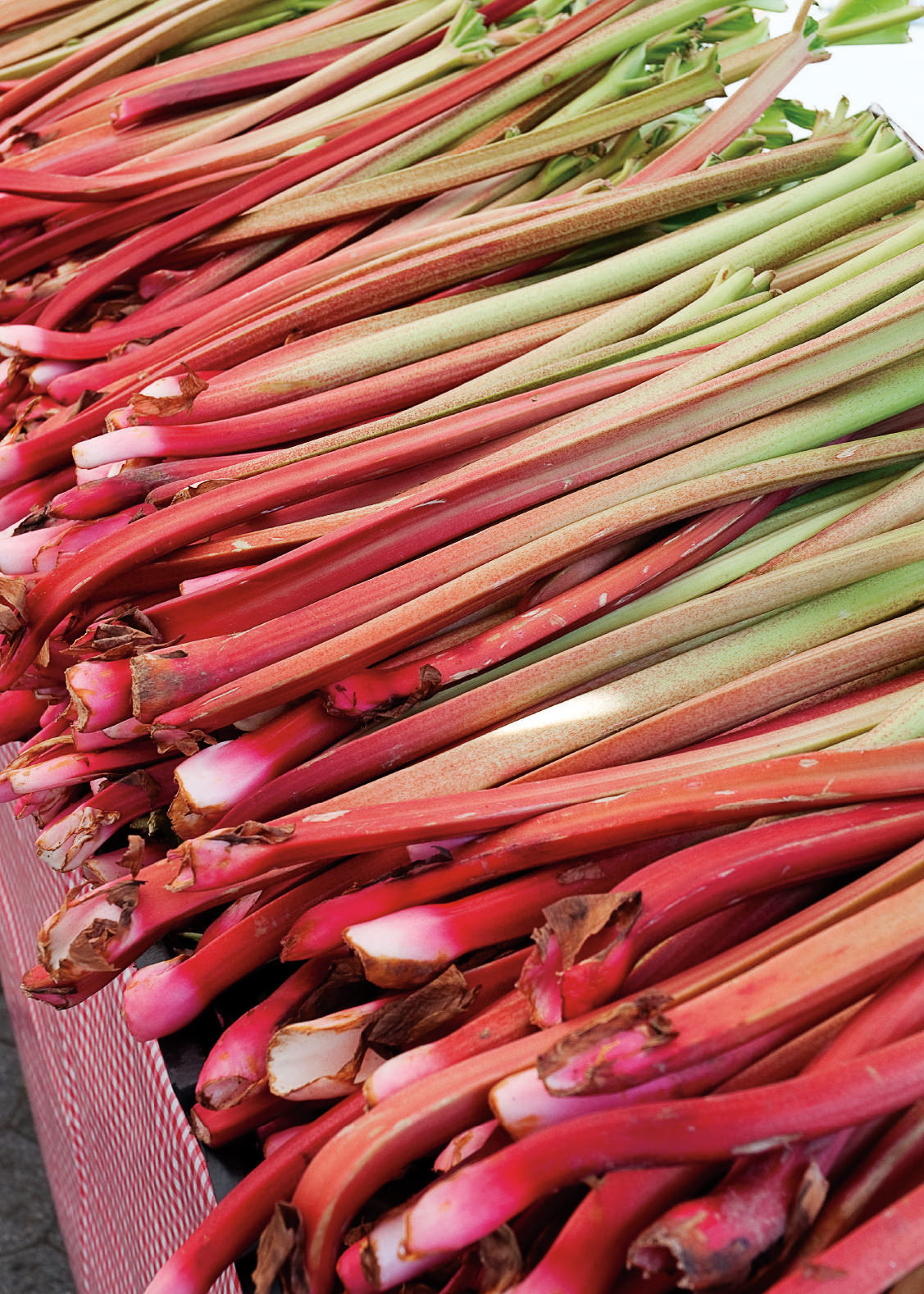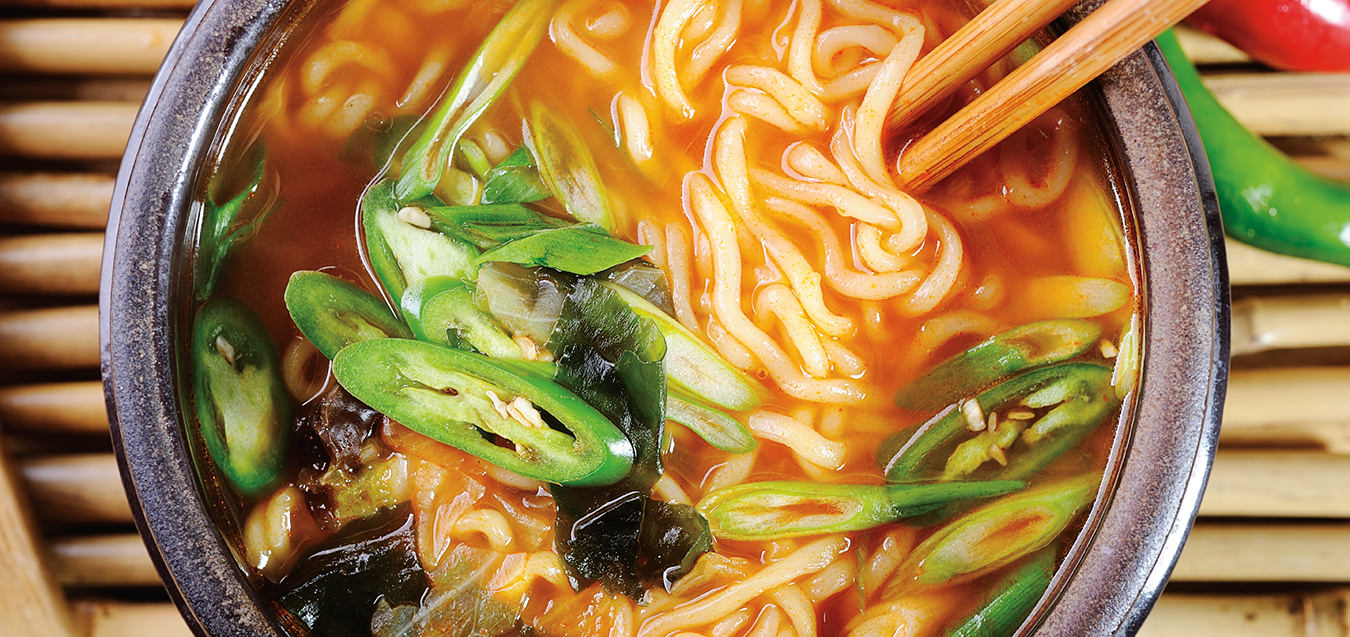Kebab Culture
Meat on a stick.

The first clue is often a subtle aroma, a heady mix of cooked meat and charcoal wafting on an otherwise fresh breeze. The scent triggers a primal hunger, and suddenly you notice a haze of smoke rising nearby. A handful of onlookers are gathered around something you can’t quite make out. As you move closer, an opening reveals a cook tending a simple grill neatly lined with a dozen or more skewers of meat. With the nimbleness of a classical piano player, the cook rotates the base of each skewer to flip the meat, occasionally criss-crossing his hands to transfer some to a cooler part of the grill. Then he whisks off several perfectly burnished morsels and lays them gently on a plate or flatbread.
They’re a local specialty cooked by street vendors the world over at festivals, but they’re also found in pubs and even refined sit-down restaurants. The more one travels, the more one realizes that virtually every country has a tradition of skewered, grilled meat. Call them kebabs, souvlaki, satay, yakitori, or a host of other names and spelling variations—meat on a stick is universal.
Kebabs are associated with the Arab world, and they have strong roots in ancient Persian cuisine. Merriam-Webster traces the first known use of the word to 1673 from the Arabic or Persian kabāb or the Turkish kebap. In The World of Kebabs, cookbook author Anand Prakash states that food historians generally attribute kebabs’ origins to ancient Turkey, and their popularity spread through the Ottoman Empire. “It is widely believed that both the soldiers of the Ottoman Turk armies and wandering nomads killed wild animals and cooked the meat on their swords and lances over an open fire,” Prakash writes. Domesticated lamb, beef, pork, and poultry eventually replaced wild game, and smaller metal skewers replaced swords. Grilled, skewered meat then travelled through Eastern Europe, the Mediterranean, and the Middle East.
“Arabs carried the dream of these morsels to far-off lands where they have traded since antiquity—India, Indonesia, Malaysia, Thailand, Vietnam, and even as far as Japan,” writes Madhur Jaffrey in her book From Curries to Kebabs: Recipes from the Indian Spice Trail. Jaffrey notes that Indian cuisine has a similar tradition of skewered meat dating back to 400 BC, but as the Arab influence spread, a process of transformation began. Local traditions evolved with new methods and flavours, and kebabs were transformed.
Today, countless countries put their own spins on kebabs. In Southeast Asia, they are most often found at humble street stalls, where the meat is threaded onto short bamboo rather than metal skewers. Satays, one of the national dishes of Indonesia, have numerous regional variations. In Thailand, pork or chicken satays are marinated in a curry-paste mixture and served with peanut sauce and a sweet-sour cucumber relish. In Vietnam, a lemon grass stalk stands in for the skewer, and shrimp paste is pressed around it for an aromatic treat.
In Japan, yakitori is more of an indoor sport. At cozy mom-and-pop restaurants, salarymen hoist mugs of Kirin and idly watch cooks shuffle bamboo sticks over a charcoal grill. The preparation is simple—bite-sized pieces of chicken sprinkled with salt or a glaze of mirin, soy, sugar, and sake—but the range of options is impressive. Every part of the bird is offered pierced, from springy gizzards to crisp, succulent skin. Pork also gets play here, and skewered, bacon-wrapped asparagus is not to be missed.
Brazilians, too, settle into restaurants to enjoy their meat on a stick, but on a much larger scale. At churrascaria steak houses, cooks use rotisserie spits to grill large cuts of beef, lamb, pork, sausage, and more. Servers bring the meat rodizio style, weaving through tables while wielding arm’s-length skewers and knives to shave off exactly what the diner desires right at the table.
The global variations go on—skewered beef hearts in Peru, lamb arrosticini in Italy—and the ancient method of skewering endures. Author Prakash notes that chelo kabab is considered the national dish of Iran; chunks of lamb are marinated in a mixture of onion and lemon juices and yogurt, and the grilled meat is served over buttered rice. In Turkey, lamb also remains popular; preparation varies from hefty, cumin-spiced chunks to minced kofte seasoned with parsley and wrapped around a flat metal skewer. The doner kebap involves a vertical spit; layers of lamb, chicken, or beef are stacked with fat, grilled slowly, shaved off to order, and stuffed inside flatbread with a variety of condiments. Known as gyros in Greece, and shawarma in Lebanon and other Arabic-speaking countries, the popularity of this quick meal extends to Canadians—Halifax lays claim to its own beef version known as the Halifax donair, with a distinctively sweet sauce.
In fact, it’s not difficult to find any of the above meat-on-a-stick varieties in large Canadian cities. Thai restaurant Maenam in Vancouver, for example, offers free-range chicken satays, while Yakitori Bar in Toronto skewers everything from chicken thighs to gizzards. And the summer grilling season opens up home backyards to endless skewered possibilities.
So when you smell that tantalizing aroma and see the smoke rising, draw closer. As people around the world know, meat on a stick not only signals a good meal, but good fun.
Photo ©John Peacock/iStock Photo.




